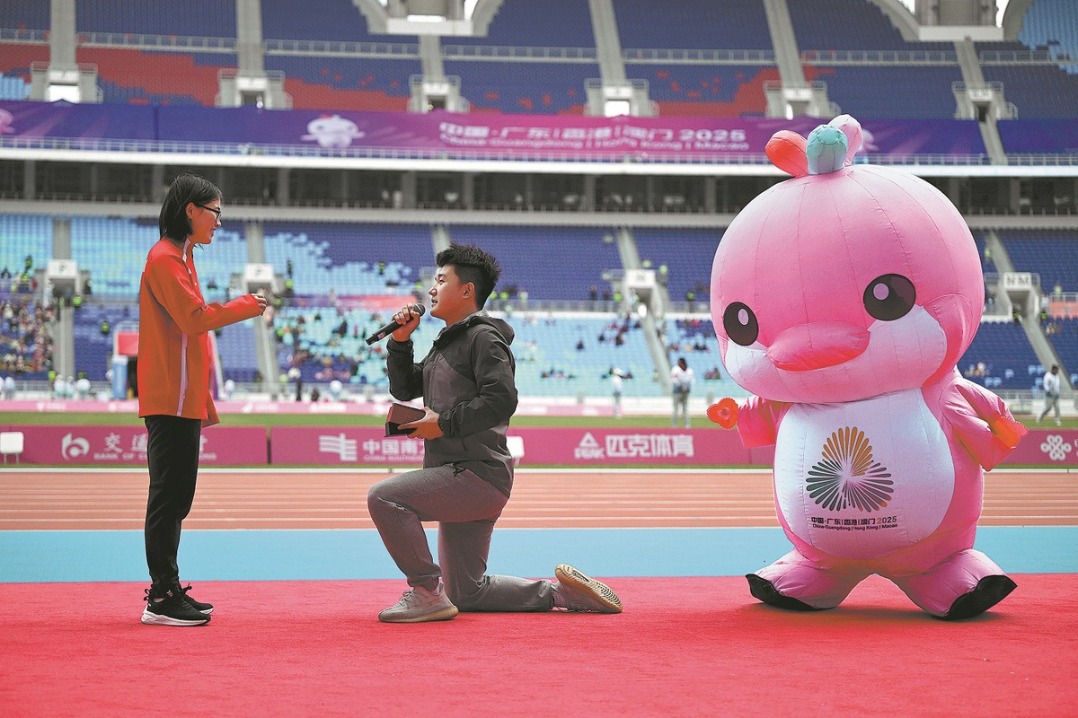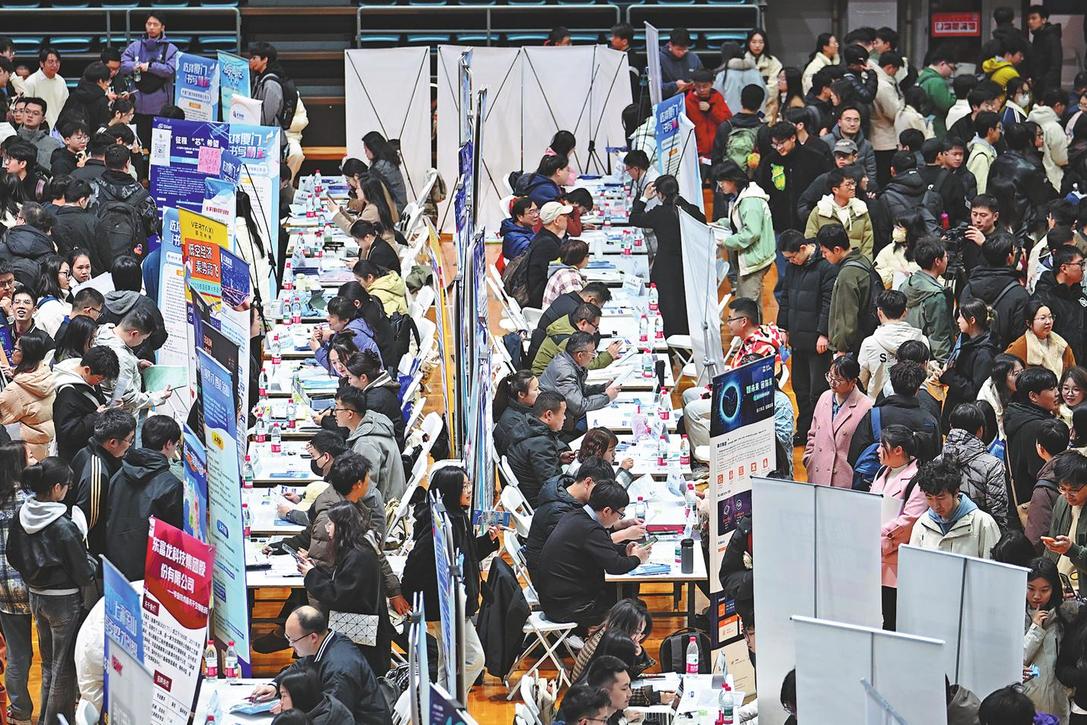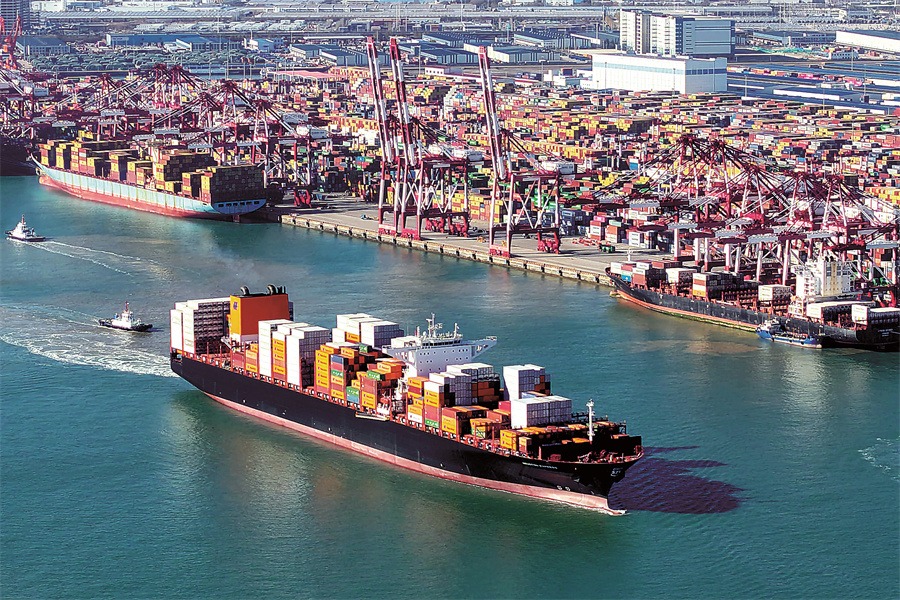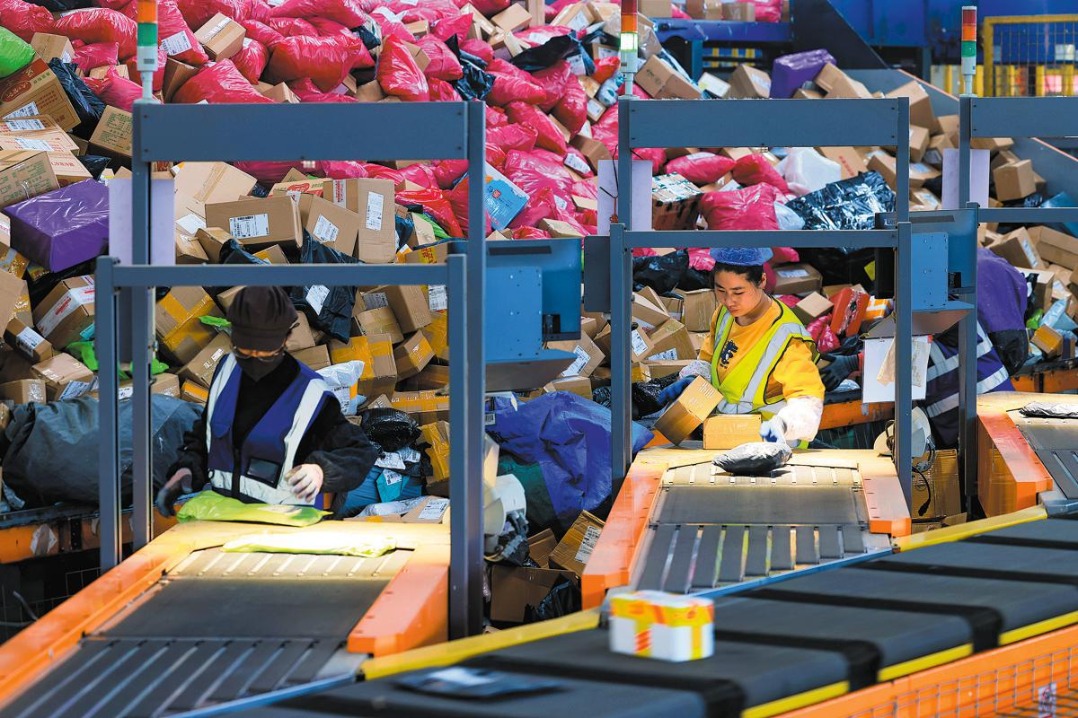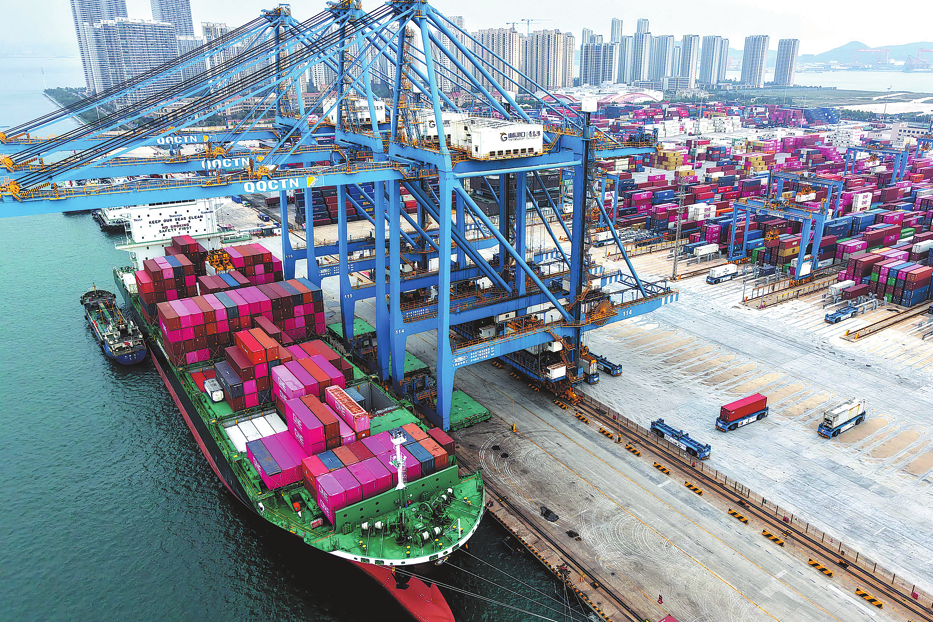Gridlock in smaller cities is a sign of progress, and problems

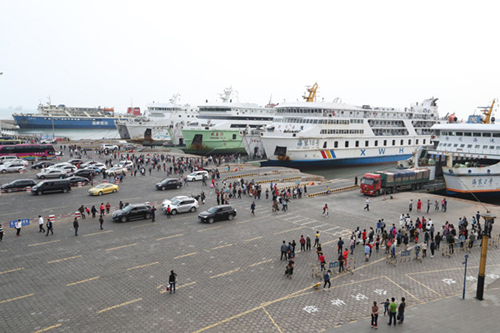
Ministry of transport statistics indicate that traffic congestion in third-and fourth-tier cities has worsened markedly in the first quarter of the year, while the first-and second-tier cities' traffic conditions have improved since last year. Beijing News comments:
The traffic congestion in small cities is almost predictable given the fast growth of car ownership in these cities and their comparatively slow infrastructure construction and underdeveloped public transport system.
Take Yinchuan, capital of Northwest China's Ningxia Hui autonomous region, for example. The city had the most serious traffic congestion in the first quarter, according to the ministry. Last year, there were about 100,000 new automobiles on the city's roads, pushing the total number of cars to 810,000. That means 1 in 3 residents of Yinchuan owns a car on average. In Beijing, the ownership ratio is 1 in 4 residents.
But the construction of roads and other car-related facilities, such as parking lots, as well as the development of public transport systems, has been much slower in the third-and fourth-tier cities than Beijing.
Many local governors actually take pride in the traffic jams in their jurisdiction, regarding it as a sign of economic prosperity and the affluence of residents. That might be true, but it is also a testimony to the backwardness of their cities' transport infrastructure facilities. What people seek is not a car necessarily, but the convenience of travel offered by a car.
Instead of making huge inputs in road infrastructure, the governments of third-and fourth-tier cities should invest in developing public transport systems and encouraging residents to travel by public transport. This would also be better for the local environment.



















